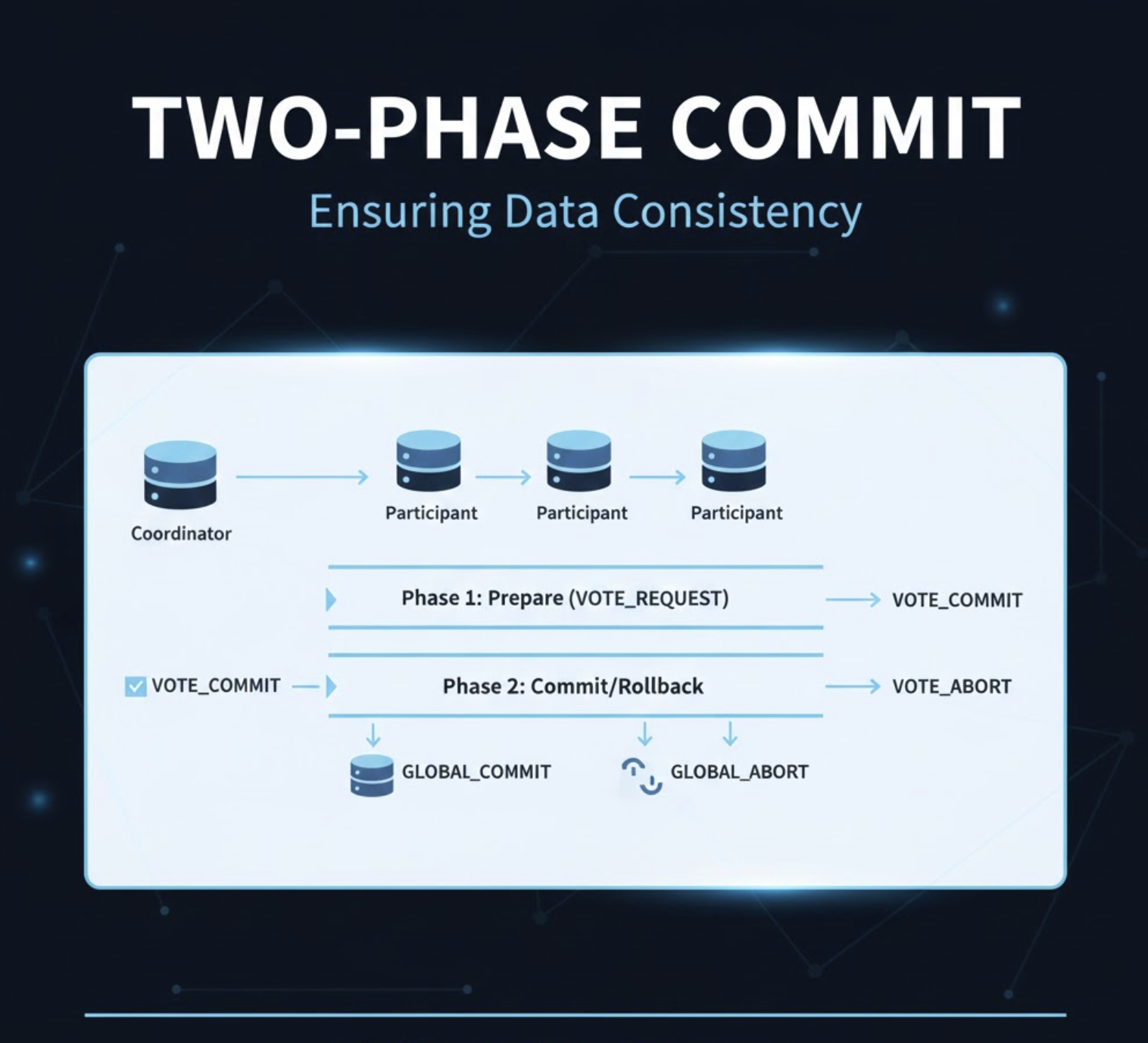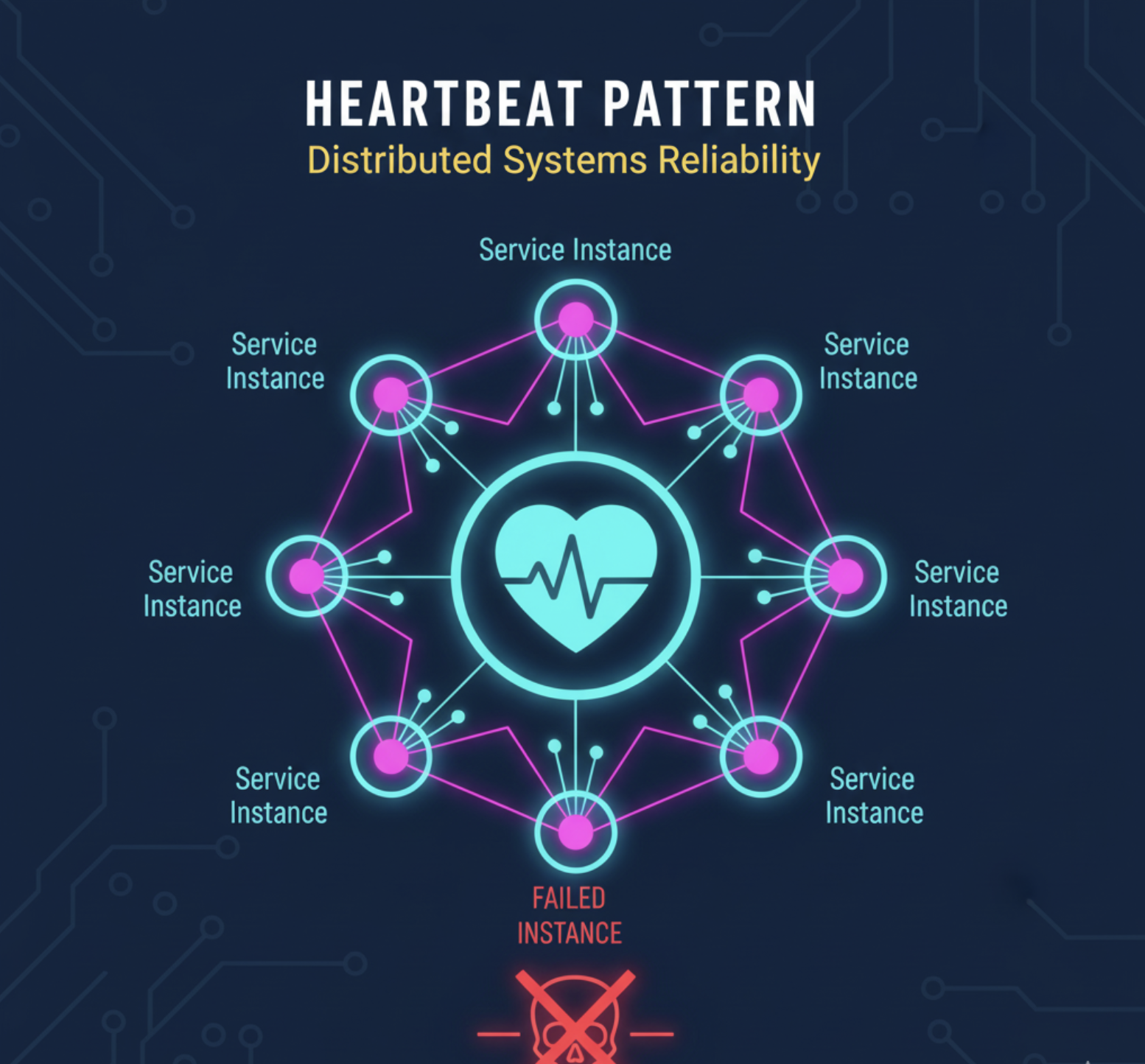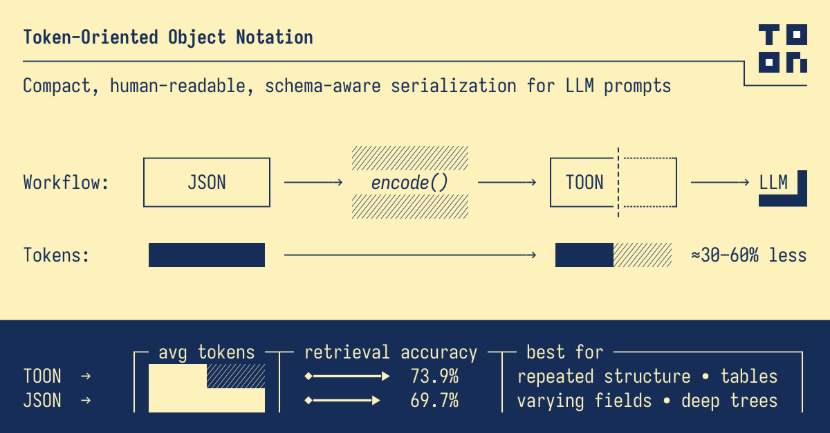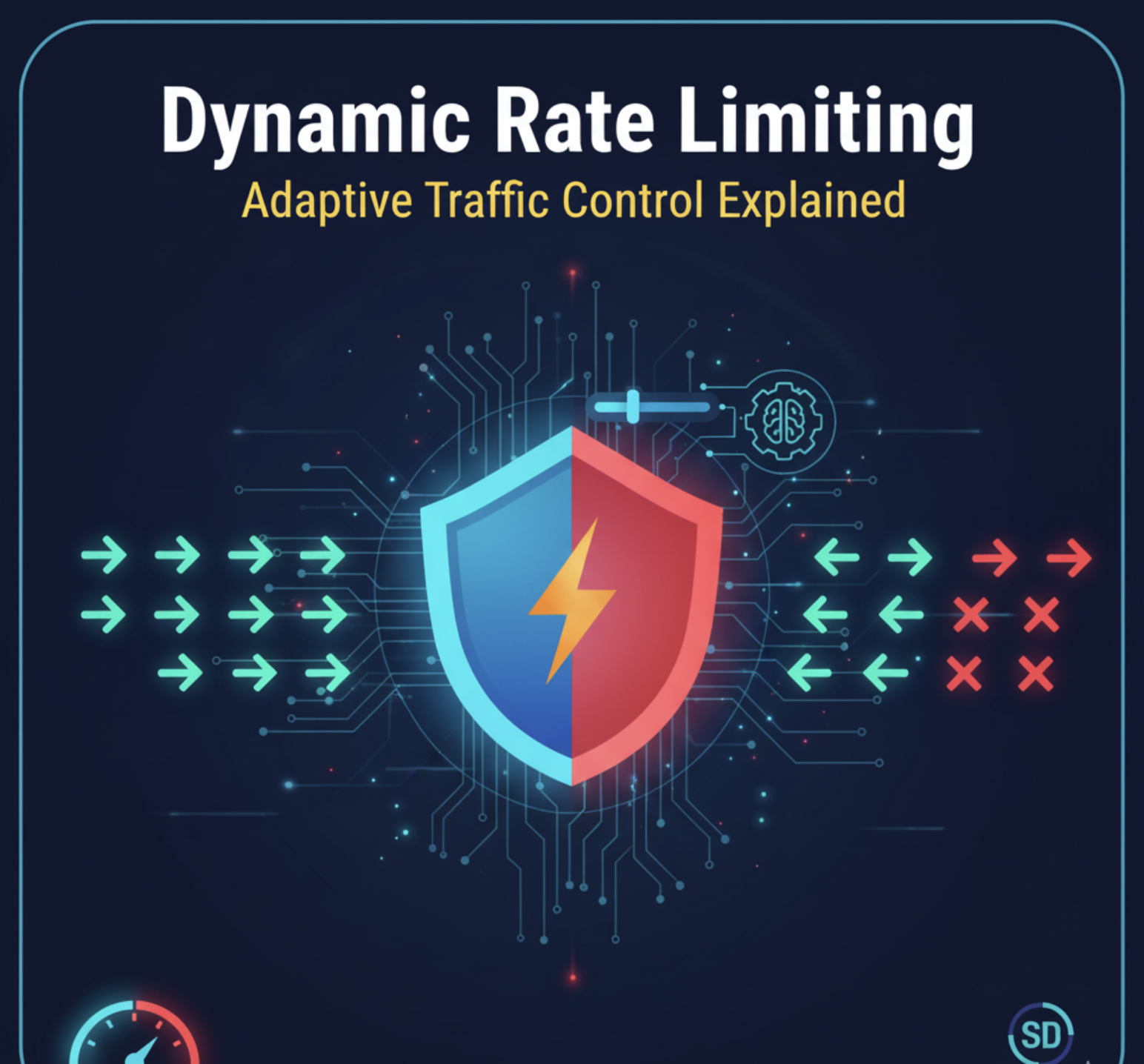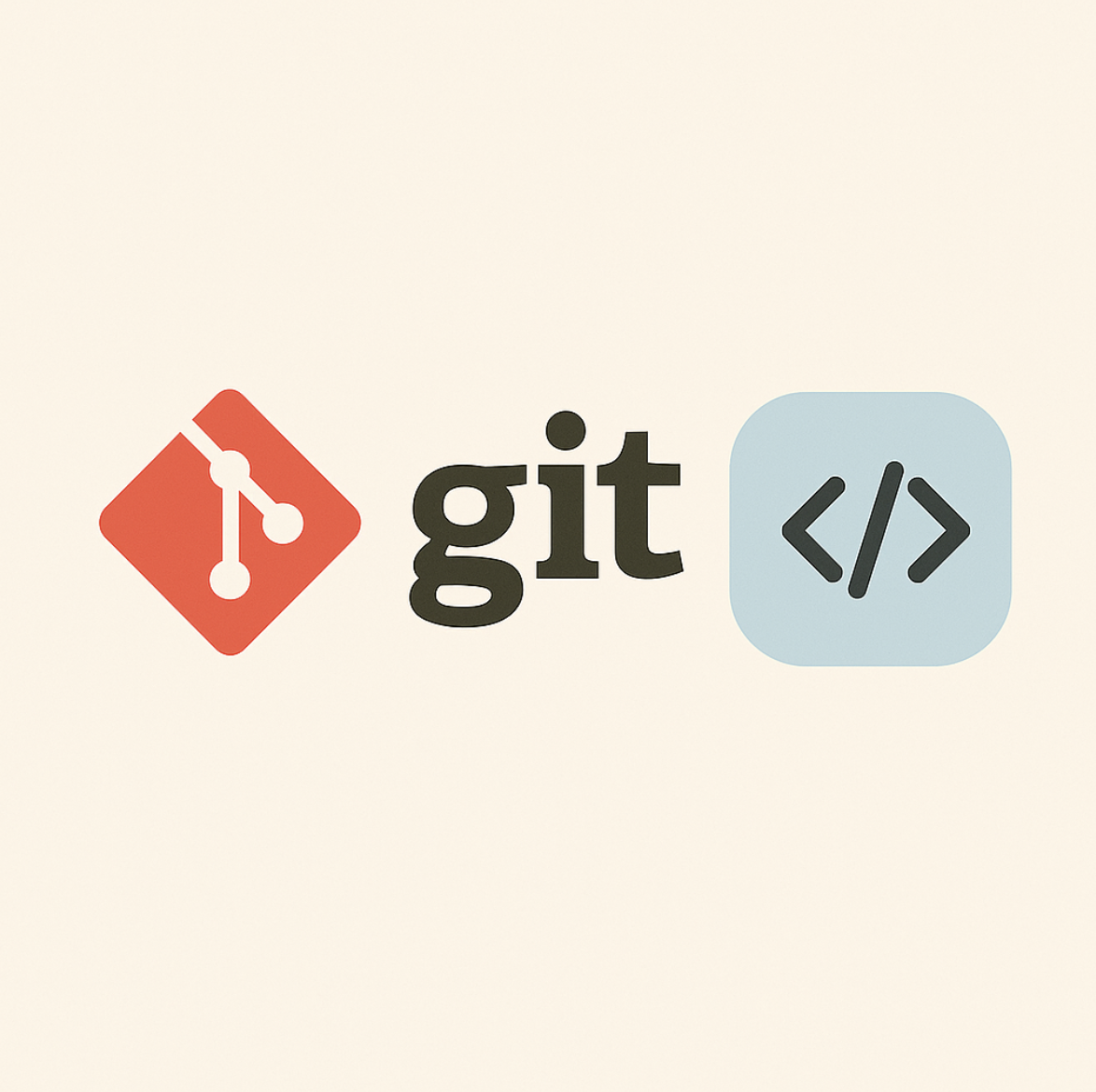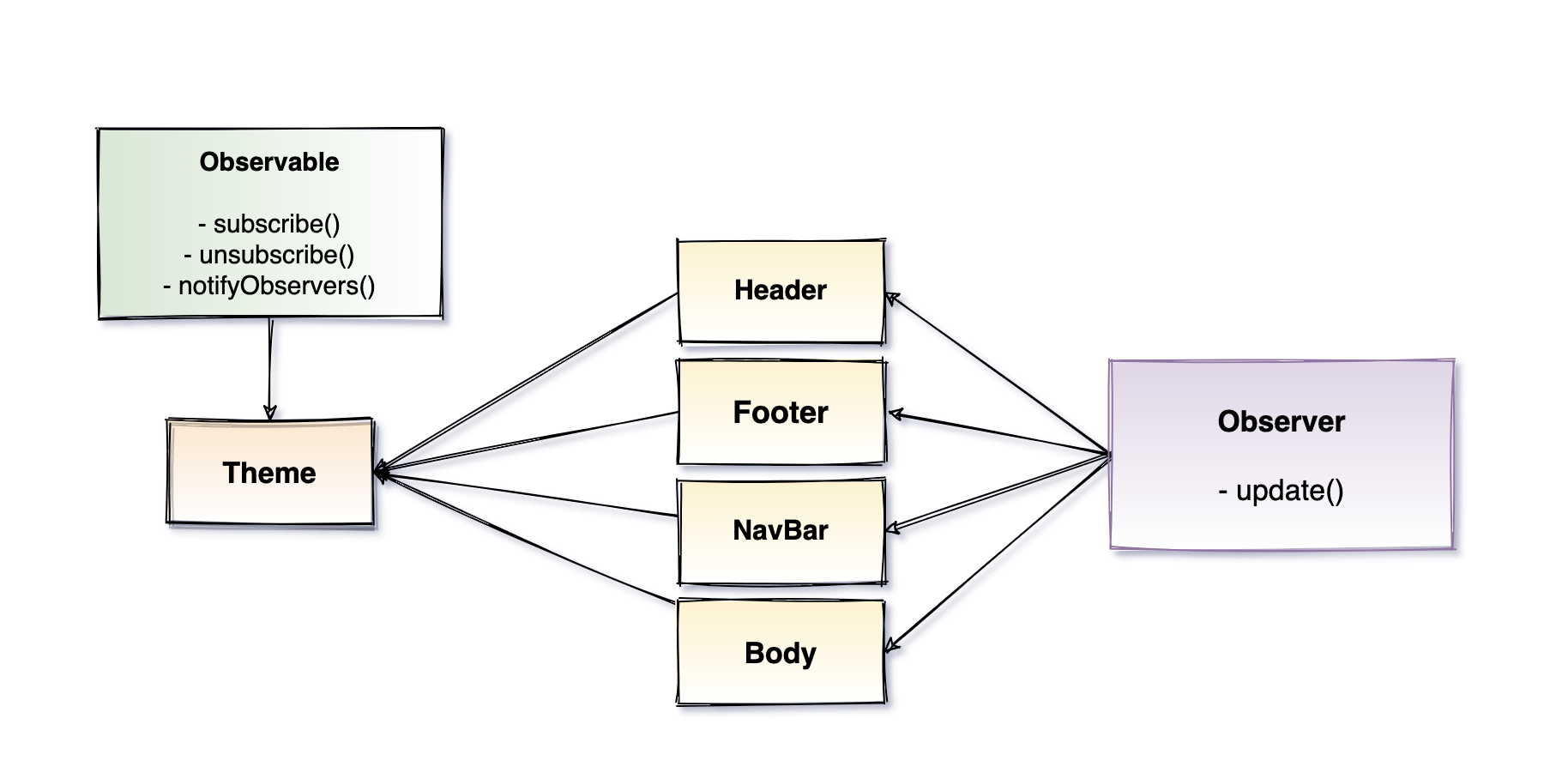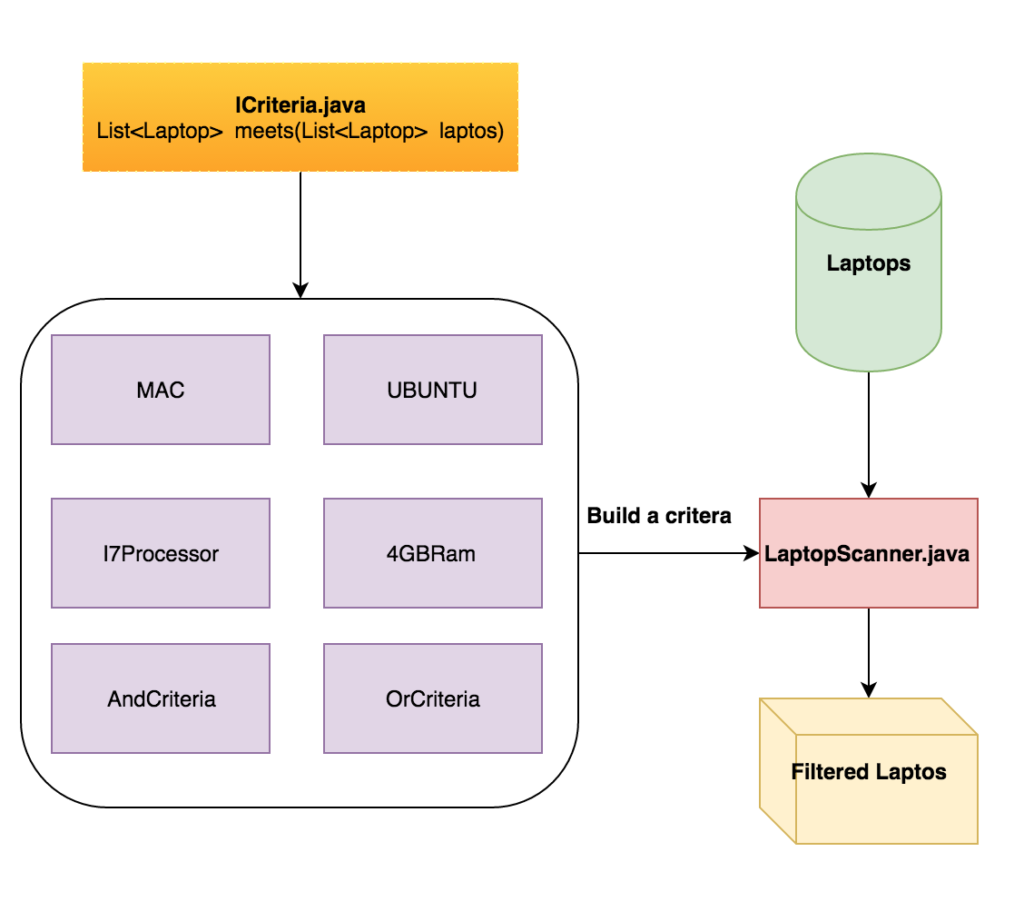When working with multi-module Scala projects, there are scenarios where you need to exclude specific modules from the sbt test command. This could be due to long-running integration tests, modules with external dependencies, or simply modules that aren’t ready for automated testing yet.
In this comprehensive guide, we’ll explore different approaches to exclude modules from sbt test, compare their effectiveness, and determine which approach works best in CI/CD environments.
Project Structure Overview
Let’s start with a typical multi-module Scala project structure:
1
2
3
4
5
6
7
8
9
10
11
12
13
14
15
16
17
18
19
20
21
22
23
24
25
26
27
28
29
30
31
32
33
34
35
36
37
38
39
40
41
42
43
// build.sbt
ThisBuild / version := "0.1.0-SNAPSHOT"
ThisBuild / scalaVersion := "2.13.10"
lazy val root = (project in file("."))
.aggregate(core, api, integration, utils)
.settings(
name := "multi-module-app"
)
lazy val core = (project in file("core"))
.settings(
name := "core",
libraryDependencies ++= Seq(
"org.scalatest" %% "scalatest" % "3.2.15" % Test
)
)
lazy val api = (project in file("api"))
.dependsOn(core)
.settings(
name := "api",
libraryDependencies ++= Seq(
"org.scalatest" %% "scalatest" % "3.2.15" % Test
)
)
lazy val integration = (project in file("integration"))
.dependsOn(core, api)
.settings(
name := "integration",
libraryDependencies ++= Seq(
"org.scalatest" %% "scalatest" % "3.2.15" % Test
)
)
lazy val utils = (project in file("utils"))
.settings(
name := "utils",
libraryDependencies ++= Seq(
"org.scalatest" %% "scalatest" % "3.2.15" % Test
)
)
Now, let’s say we want to exclude the integration module from running tests when we execute sbt test from the root project.
Method 1: Command-Line Skip (Recommended)
The most flexible approach is to skip tests directly from the command line without any code changes. This uses sbt’s set command to dynamically configure the skip setting.
1
2
3
4
5
6
7
8
# Skip integration tests without any code changes
sbt 'set integration / Test / skip := true' test
# Skip multiple modules
sbt 'set integration / Test / skip := true' 'set utils / Test / skip := true' test
# Run all tests normally
sbt test
You can also combine this with other sbt tasks:
1
2
3
4
5
# Skip integration and run compile + test
sbt 'set integration / Test / skip := true' compile test
# Skip integration, run tests, then package
sbt 'set integration / Test / skip := true' test package
Pros:
- No code changes required - works with any existing project
- Maximum flexibility - can be used on any module dynamically
- CI-friendly - easy to incorporate into build scripts
- Temporary - doesn’t permanently modify build configuration
- Discoverable - visible in command history and build logs
Cons:
- Verbose - longer command line for multiple modules
- Easy to forget - no permanent documentation in code
- Case-sensitive - module names must match exactly
Method 2: Using skip in Test Setting
A more permanent approach is to use the skip in Test setting directly in the build file to disable tests for specific modules.
1
2
3
4
5
6
7
8
9
10
// build.sbt
lazy val integration = (project in file("integration"))
.dependsOn(core, api)
.settings(
name := "integration",
Test / skip := true, // Skip tests for this module
libraryDependencies ++= Seq(
"org.scalatest" %% "scalatest" % "3.2.15" % Test
)
)
Pros:
- Simple and explicit
- Tests are completely skipped, saving build time
- Clear intention in the build file
Cons:
- Permanently disables tests for the module
- Requires code changes to re-enable tests
- Not flexible for different environments
Method 3: Conditional Skip Based on System Properties
A more flexible approach is to conditionally skip tests based on system properties or environment variables.
1
2
3
4
5
6
7
8
9
10
// build.sbt
lazy val integration = (project in file("integration"))
.dependsOn(core, api)
.settings(
name := "integration",
Test / skip := sys.props.get("skip.integration.tests").contains("true"),
libraryDependencies ++= Seq(
"org.scalatest" %% "scalatest" % "3.2.15" % Test
)
)
Usage:
1
2
3
4
5
# Skip integration tests
sbt -Dskip.integration.tests=true test
# Run all tests including integration
sbt test
Pros:
- Flexible - can be controlled at runtime
- No permanent code changes needed
- Good for different environments (dev, CI, prod)
Cons:
- Requires remembering the system property
- Can be forgotten in documentation
Method 4: Using Custom Task Aliases
Create custom task aliases that exclude specific modules from testing.
1
2
3
4
5
6
7
8
9
10
11
// build.sbt
addCommandAlias("testWithoutIntegration",
"core/test; api/test; utils/test")
addCommandAlias("testUnit",
"core/test; api/test; utils/test")
addCommandAlias("testIntegration",
"integration/test")
addCommandAlias("testAll", "test")
Usage:
1
2
3
4
5
6
7
8
# Run tests excluding integration
sbt testWithoutIntegration
# Run only integration tests
sbt testIntegration
# Run all tests
sbt testAll
Pros:
- Very explicit and readable
- Easy to understand what’s being tested
- Can create multiple combinations
Cons:
- Need to maintain aliases when adding/removing modules
- Verbose command definitions
- Must remember different command names
Method 5: Using Test Configurations
Create separate test configurations for different test types.
1
2
3
4
5
6
7
8
9
10
11
12
13
14
15
16
17
18
19
20
21
// build.sbt
lazy val IntegrationTest = config("integration") extend Test
lazy val integration = (project in file("integration"))
.dependsOn(core, api)
.configs(IntegrationTest)
.settings(
name := "integration",
inConfig(IntegrationTest)(Defaults.testSettings),
Test / skip := true, // Skip in regular test
libraryDependencies ++= Seq(
"org.scalatest" %% "scalatest" % "3.2.15" % "test,integration"
)
)
// Root project aggregation
lazy val root = (project in file("."))
.aggregate(core, api, integration, utils)
.settings(
name := "multi-module-app"
)
Usage:
1
2
3
4
5
6
7
8
# Run unit tests only
sbt test
# Run integration tests only
sbt integration:test
# Run all tests
sbt test integration:test
Pros:
- Clean separation of test types
- Standard sbt approach
- Can have different test configurations
Cons:
- More complex setup
- Need to understand sbt configurations
- Requires specific knowledge of custom configs
Method 6: Selective Aggregation
Remove the module from the root project’s aggregation and handle it separately.
1
2
3
4
5
6
7
8
9
10
11
12
13
14
15
16
17
18
19
20
21
22
// build.sbt
lazy val root = (project in file("."))
.aggregate(core, api, utils) // integration excluded from aggregation
.settings(
name := "multi-module-app"
)
lazy val integrationRoot = (project in file("integration-root"))
.aggregate(integration)
.settings(
name := "integration-suite"
)
// Keep integration module definition as before
lazy val integration = (project in file("integration"))
.dependsOn(core, api)
.settings(
name := "integration",
libraryDependencies ++= Seq(
"org.scalatest" %% "scalatest" % "3.2.15" % Test
)
)
Usage:
1
2
3
4
5
6
7
8
# Run unit tests
sbt test
# Run integration tests
sbt integrationRoot/test
# Run specific module tests
sbt integration/test
Pros:
- Clean separation at build level
- No conditional logic needed
- Clear project structure
Cons:
- Changes project structure
- May require build script updates
- Less discoverable
Method 7: Environment-Based Configuration
Use environment variables to control test execution dynamically.
1
2
3
4
5
6
7
8
9
10
11
12
13
14
// build.sbt
val skipIntegrationTests = sys.env.get("SKIP_INTEGRATION_TESTS")
.map(_.toLowerCase)
.contains("true")
lazy val integration = (project in file("integration"))
.dependsOn(core, api)
.settings(
name := "integration",
Test / skip := skipIntegrationTests,
libraryDependencies ++= Seq(
"org.scalatest" %% "scalatest" % "3.2.15" % Test
)
)
Usage:
1
2
3
4
5
# Skip integration tests
SKIP_INTEGRATION_TESTS=true sbt test
# Run all tests
sbt test
Pros:
- Environment-friendly
- Easy to set in CI/CD pipelines
- No command-line complexity
Cons:
- Environment variable dependency
- May not be obvious to new developers
CI/CD Recommendations
For CI/CD environments, here are the most effective approaches:
1. Command-Line Skip (Most Recommended)
1
2
3
4
5
6
7
8
9
10
11
12
13
14
15
16
17
18
19
20
21
22
23
24
25
26
27
28
29
# .github/workflows/ci.yml
name: CI
on: [push, pull_request]
jobs:
unit-tests:
runs-on: ubuntu-latest
steps:
- uses: actions/checkout@v2
- name: Setup JDK
uses: actions/setup-java@v2
with:
java-version: '11'
distribution: 'adopt'
- name: Run unit tests (skip integration)
run: sbt 'set integration / Test / skip := true' test
integration-tests:
runs-on: ubuntu-latest
needs: unit-tests
steps:
- uses: actions/checkout@v2
- name: Setup JDK
uses: actions/setup-java@v2
with:
java-version: '11'
distribution: 'adopt'
- name: Run integration tests only
run: sbt integration/test
2. Environment Variables
1
2
3
4
5
6
7
8
9
10
11
12
13
14
15
16
17
18
19
20
21
22
23
24
25
26
27
28
29
# .github/workflows/ci.yml
name: CI
on: [push, pull_request]
jobs:
unit-tests:
runs-on: ubuntu-latest
steps:
- uses: actions/checkout@v2
- name: Setup JDK
uses: actions/setup-java@v2
with:
java-version: '11'
distribution: 'adopt'
- name: Run unit tests
run: SKIP_INTEGRATION_TESTS=true sbt test
integration-tests:
runs-on: ubuntu-latest
needs: unit-tests
steps:
- uses: actions/checkout@v2
- name: Setup JDK
uses: actions/setup-java@v2
with:
java-version: '11'
distribution: 'adopt'
- name: Run integration tests
run: sbt integration/test
1
2
- name: Run integration tests
run: sbt integration/test
3. Conditional Skip with System Properties
1
2
3
4
5
6
7
8
9
10
11
12
13
14
15
16
# Jenkins pipeline example
pipeline {
agent any
stages {
stage('Unit Tests') {
steps {
sh 'sbt -Dskip.integration.tests=true test'
}
}
stage('Integration Tests') {
steps {
sh 'sbt integration/test'
}
}
}
}
Best Practices
-
Document Your Approach: Clearly document which method you’re using and how to run different test suites.
-
Consistent Naming: Use consistent naming conventions for your exclusion mechanisms.
-
Default to Safe: Make the default behavior run the most critical tests.
-
Parallel Execution: Consider running excluded tests in parallel stages in CI.
-
Test Organization: Group tests logically (unit, integration, end-to-end).
Summary
For most multi-module Scala projects, Method 1 (Command-Line Skip) is the most recommended approach, followed by Method 3 (Conditional Skip) or Method 7 (Environment Variables). The command-line approach provides the best balance of flexibility, simplicity, and CI/CD friendliness because it:
- Requires zero code changes - works with any existing project immediately
- Maximum flexibility - can skip any combination of modules dynamically
- Easy CI/CD integration - simple to add to any build pipeline
- Clear documentation - the intent is visible in build logs and command history
- Temporary by design - doesn’t permanently modify project configuration
Quick Reference:
1
2
3
4
5
6
7
8
# Skip single module
sbt 'set integration / Test / skip := true' test
# Skip multiple modules
sbt 'set integration / Test / skip := true' 'set utils / Test / skip := true' test
# Skip and run other tasks
sbt 'set integration / Test / skip := true' compile test package
Choose the approach that best fits your team’s workflow and CI/CD requirements. The key is consistency and clear documentation for your development team.
